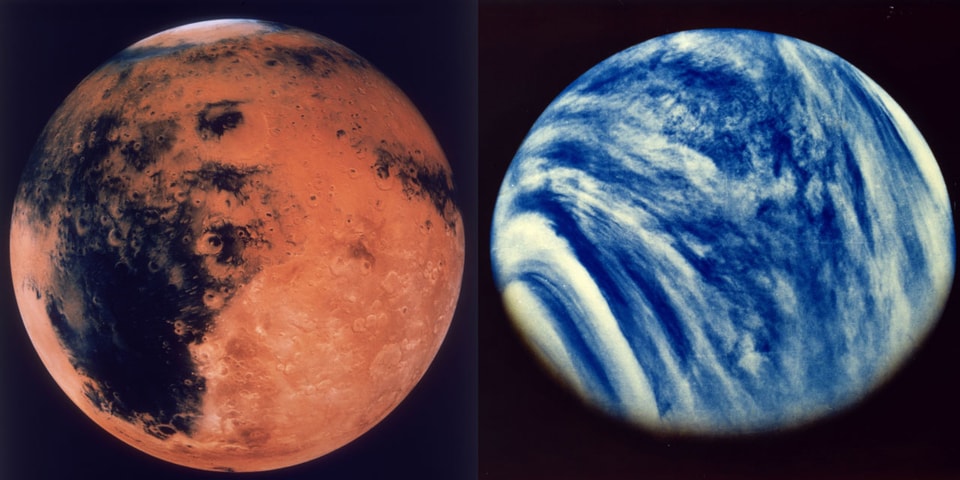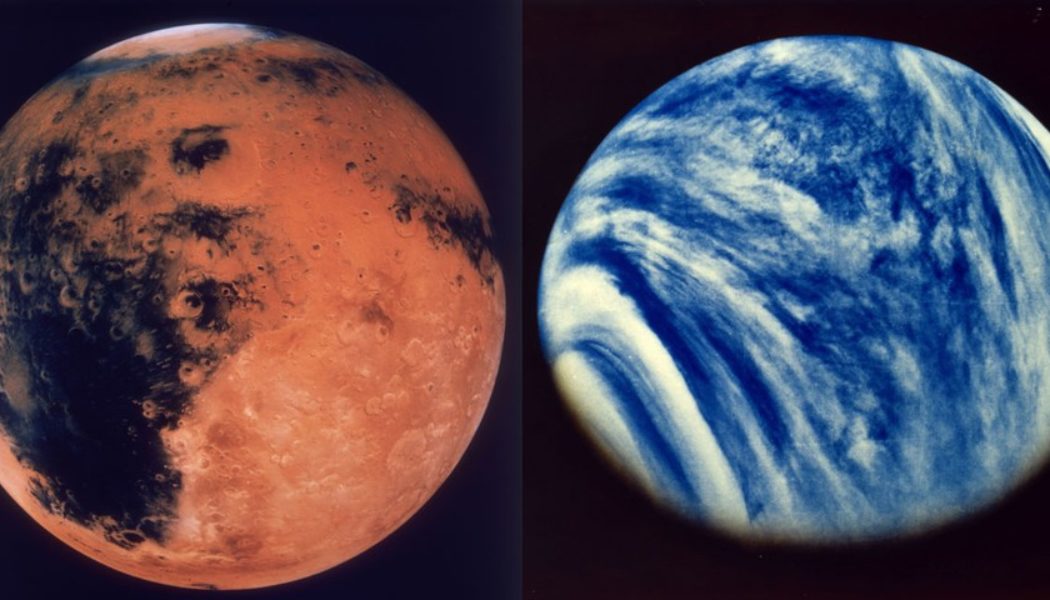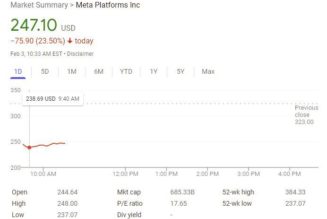
On Monday, July 12, Venus and Mars will align in a “planetary conjunction” during the half-hour following sunset.
Throughout the month of July, Venus — the planet often referred to as the “Morning Star” or “Evening Star” with the closest orbit to that of Earth — has been moving closer and closer to Mars, ultimately towards a “close conjunction.” Now, from the vantage point of Earth, the Evening Star and the red planet will appear “only a finger’s width apart” on Monday night, according to NASA.
Mars will be visible a half degree below Venus, while the pair will appear roughly 4 degrees above the west-northwestern horizon after twilight at 9:44 p.m. EDT. Mars will then set first, approximately 23 minutes later at 10:07 p.m. EDT. The two planets will still appear extremely close on July 13.
Venus will appear roughly 200 times brighter than Mars, which will still be easy to locate with its red-tinted glow, according to EarthSky. While a telescope or binoculars will help with visibility, the conjunction will be apparent to the naked eye once the Sun sets. The Moon will appear only 10 percent illuminated with a slim crescent shape, providing a clearer look at the spacial phenomenon.
Venus and Mars’ conjunction is only the latest to occur in the last year — at the end of 2020, Jupiter and Saturn crossed paths in a “great conjunction,” where they appeared closer than they had since medieval times. Then, in January, Mercury joined the solar system’s two largest planets to create a three-planet conjunction.
Elsewhere in orbit, NASA announced last month that it was sending two new space mission to Venus for the first time in 30 years.









